Nelow is the notable content stated in the Draft Law on ensuring road traffic order and safety in Vietnam.
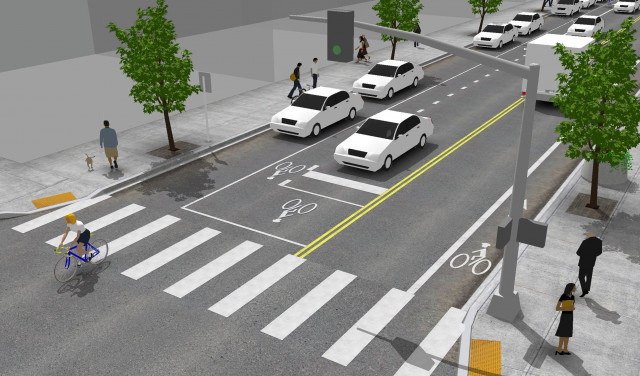
What are regulations on road markings in the Draft Law on ensuring road traffic order and safety in Vietnam? (Illustration)
According to Clause 5, Article 10 of the Law on Road Traffic 2008, "Road marking" is a line indicating the division of lanes, positions or directions, stopping positions. However, the Law on Road Traffic does not provide further explanations for road markings.
Therefore, in the new Draft Law on ensuring road traffic order and safety, more specific and clearer explanations for road markings are given:
- Road marking is a line indicating the division of lanes, positions or directions, stopping positions.
- Road marking is a type of signal to guide and control traffic to enhance safety and traffic flow. Road markings serve as supplementary signals to traffic lights and signs.
- Road markings can be used independently and can be combined with road traffic signs or traffic signal lights.
- Road markings include lines, writings, drawings on the road surface, on the edges of sidewalks, on traffic structures and other parts of the road to regulate traffic order, clearly define the boundaries of traffic structures, indicate the prescribed direction of lane travel.
- When used independently, road markings must be obeyed by traffic participants. When used in conjunction with signal lights and signs, traffic participants must comply with the meanings, commands of both road markings, signal lights, and signs in the prescribed order.
Apart from road markings, the Draft Law on ensuring road traffic order and safety also specifies in greater detail about guide posts, protective walls, barriers, reflective posts, medians, and protective railings, specifically:
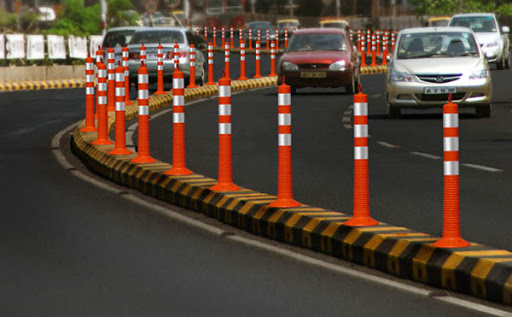
Guide posts, protective walls, barriers, reflective posts, medians (Illustration)
- Guide posts or protective walls placed at the edge of dangerous road sections serve to guide traffic participants on the extent of the safe road area and the direction of the road.
Protective walls also serve to protect vehicles from veering off the roadway. Protective walls must also serve to guide drivers at night with vertical paint lines or reflective posts attached to them.
- Barriers are placed at narrowing roads, bridgeheads, culverts, end of restricted roads, dead ends to prevent vehicles, pedestrians from crossing or placed at locations requiring traffic control and oversight.
- Reflective posts are guiding devices equipped with reflective tools to direct driving at night or in foggy conditions with limited visibility. Reflective posts can be positioned along the road, on medians, or on the road surface where the road may cause confusion or uncertainty about the direction.
- Medians are parts of the road on which vehicles are not driven, used to separate two opposite traffic flows or to separate the roadway for motor vehicles and non-motorized vehicles or different types of vehicles on the same traffic flow.
- Protective railings are intended to minimize, prevent vehicles from crossing into the opposite traffic flow or veering off the roadway.
For further details, refer to other provisions in the Draft Law on ensuring road traffic order and safety.
Le Hai
 Article table of contents
Article table of contents
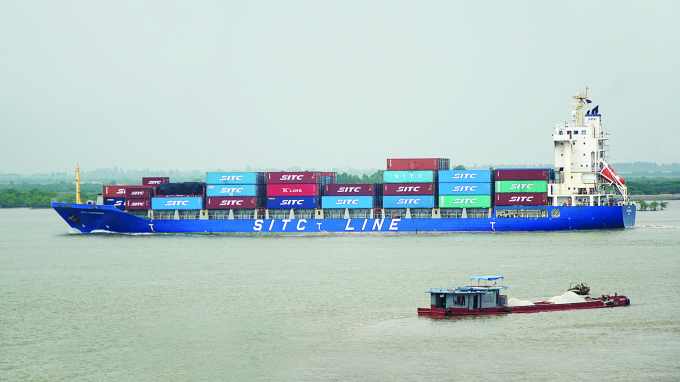
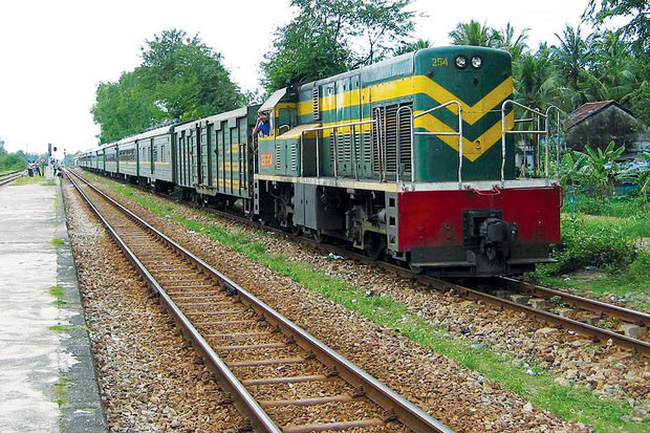
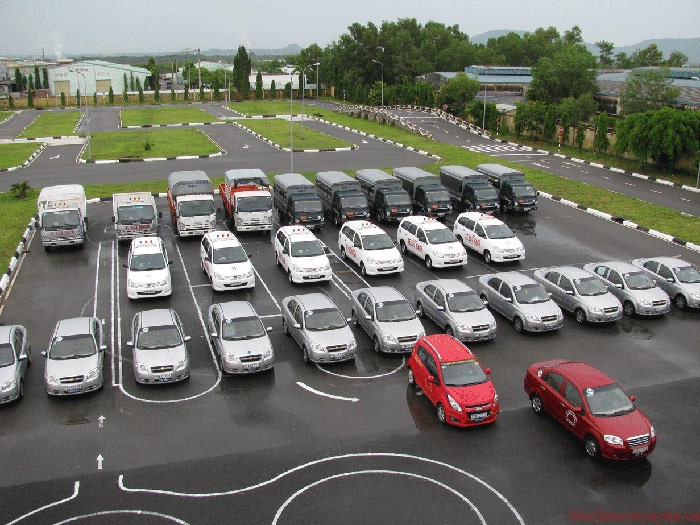
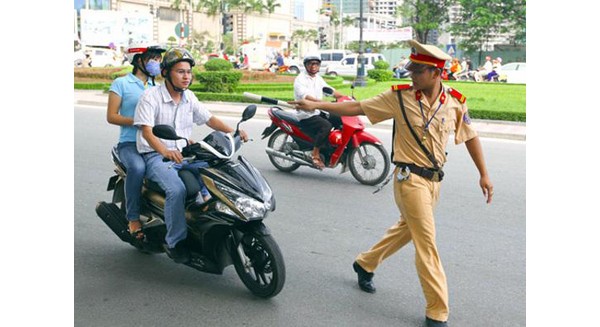

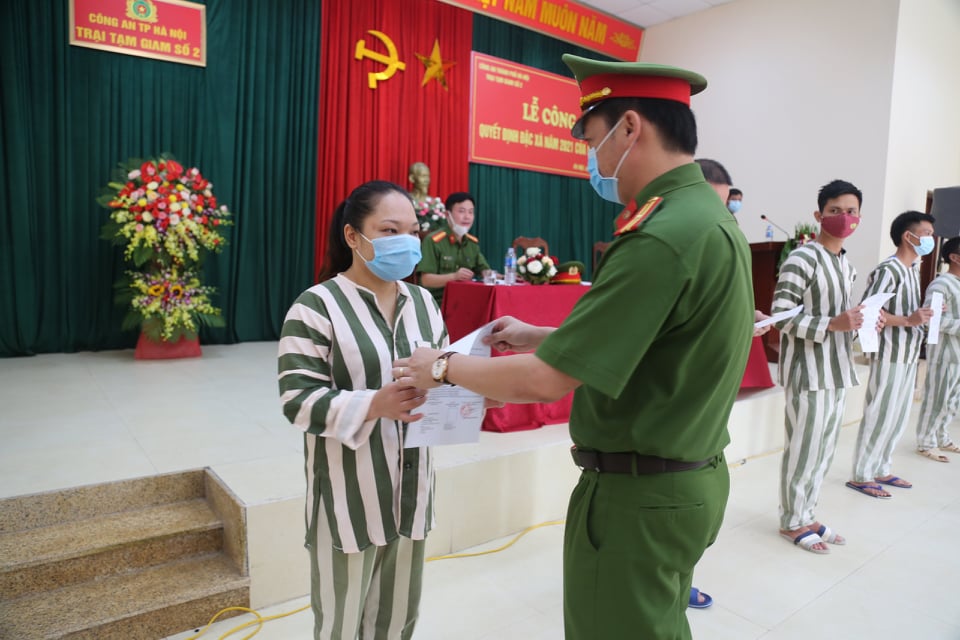
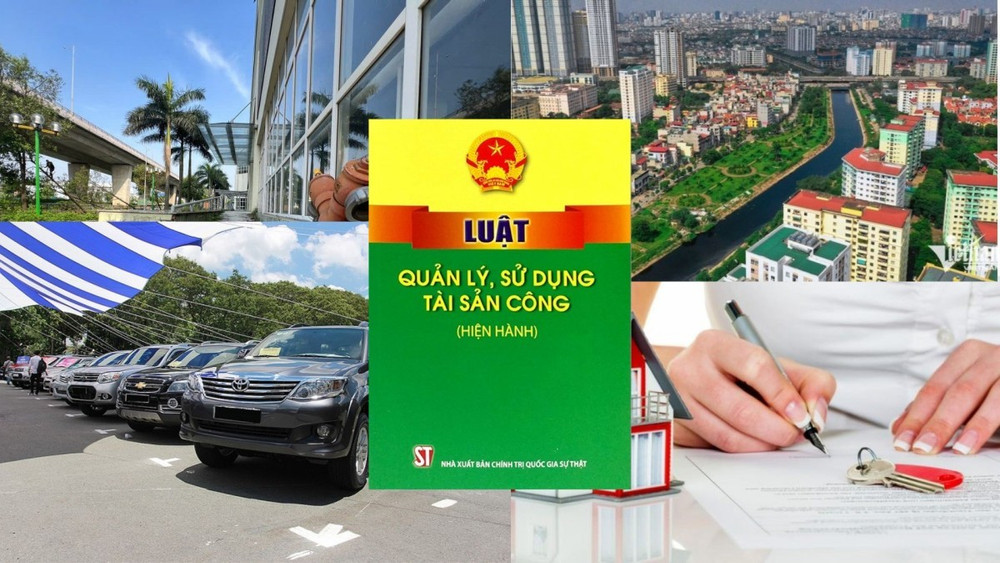

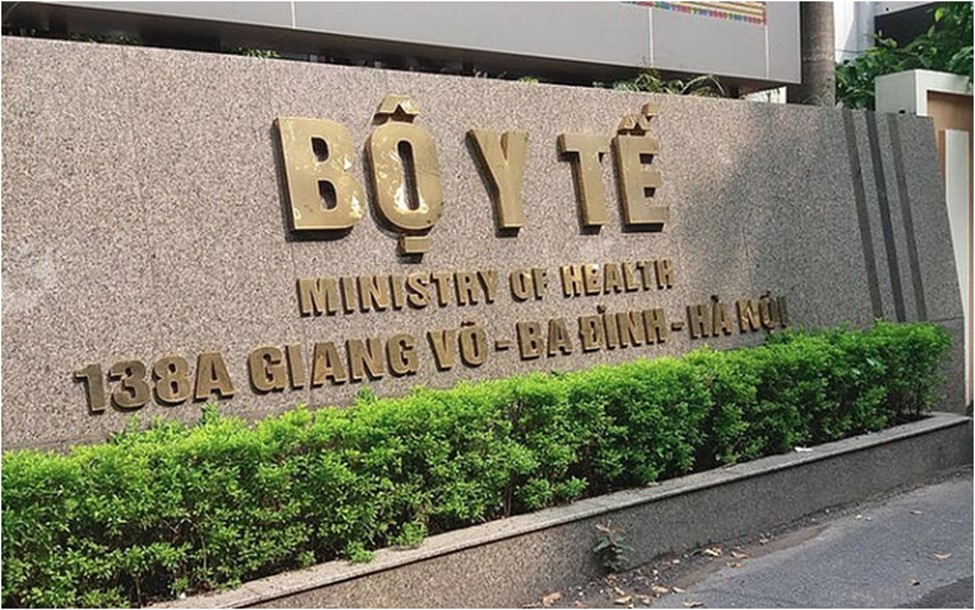

.Medium.png)
.Medium.png)
.Medium.png)
.Medium.png)
